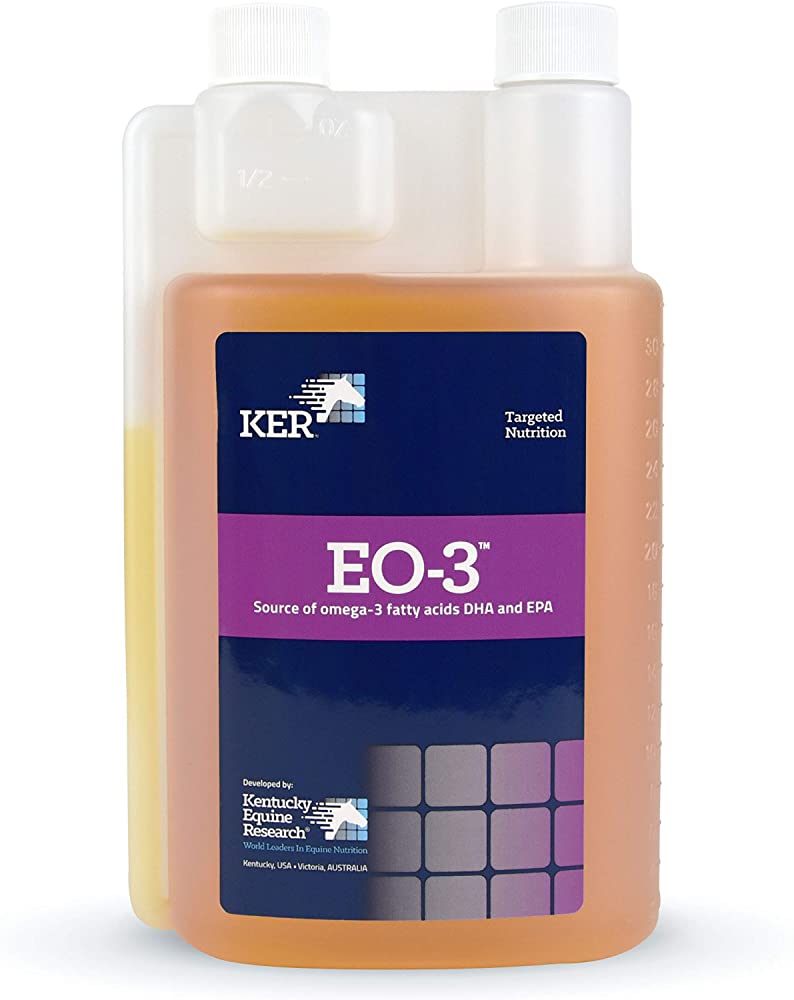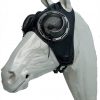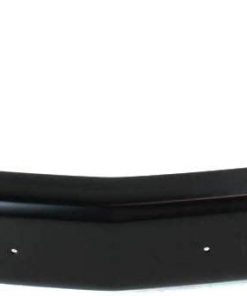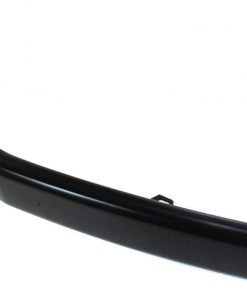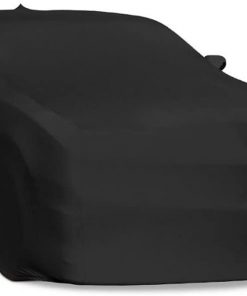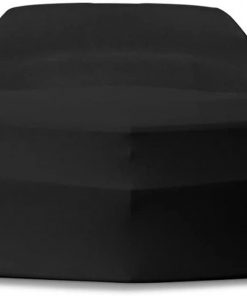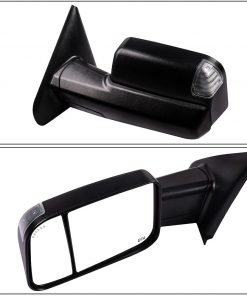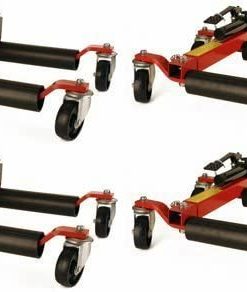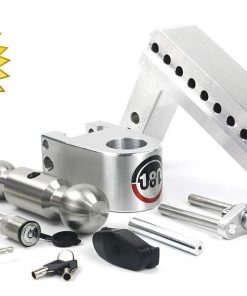B07VVFYSSB Kentucky Equine Research EO-3: DHA and EPA Omega-3 Fatty Acid Supplement, 32 oz (32 Servings)
$37.00
For 30 years Kentucky Equine Research has continually developed innovative solutions to the health and nutritional challenges inherent in modern equine management. The results of studies conducted at its research farm, as well as advancements in equine nutrition from institutions around the world, are applied and thoroughly tested in the creation of KER products. What is EO-3? EO-3 is a rich source of the long-chain omega-3 fatty acids DHA and EPA in a palatable liquid form. EO-3 can be fed to all classes of horses, including foals, breeding stock, and performance horses to improve the critical ratio of omega-3 to omega-6 in the diet, provide preferential precursors for production of local hormones, and regulate gene expression to positively affect insulin sensitivity. The equine athlete that is provided EO-3 can benefit from the difference in inflammatory response. In addition, EO-3 has also demonstrated benefits to the cardiovascular system, reproductive performance, and bone development in numerous research studies in a variety of animal species. The consumption of EPA and DHA from a source such as EO-3 is the only way to ensure that these fatty acids are available for metabolism of the “less-inflammatory†compounds and other metabolites beneficial for the horse’s overall health and well-being. Why Should I use EO-3 for my Horse? Palatable deodorized fish oil with cherry flavorImproves glucose toleranceStrengthens immune functionIncreases red blood cell flexibilityEnhances bone metabolism and developmentBenefits of DHA- and EPA-mediated inflammatory response include reduction in joint inflammation, allergic reactivity, exercise-induced bronchoconstriction, and exercise-induced pulmonary hemorrhageReproductive benefits include improved fertility, improved colostrum quality, enhanced passive transfer of antibodies to foals, and increased sperm concentration, motility, and viabilityMarine-derived long-chain fatty acids DHA and EPA are more efficiently used as precursors of local hormones than plant-based sources of omega-3 fatty acids Read more Feeding Directions: Add 1 to 2 oz (30 to 60 mL) to the feed of growing horses, broodmares, and performance horses in light to moderate work daily. Horses in heavy work, breeding stallions, and those recovering from an illness or injury may be fed 2 to 4 oz (60 to 120 mL) per day. Start with an introductory dose of 1/2 oz (15 mL) or less and gradually increase over a period of 7-10 days.
Omega-3 fatty acids from fish oil have positive effects on glucose tolerance, red blood cell flexibility, and numerous inflammatory conditions in horses
Reproductive benefits for breeding stallions, and pregnant and lactating broodmares
Marine-derived long-chain fatty acids DHA and EPA are more efficiently used as precursors of local hormones than plant-based sources of omega-3 fatty acids
5 x 2.5 x 9 inches; 2.3 Pounds
